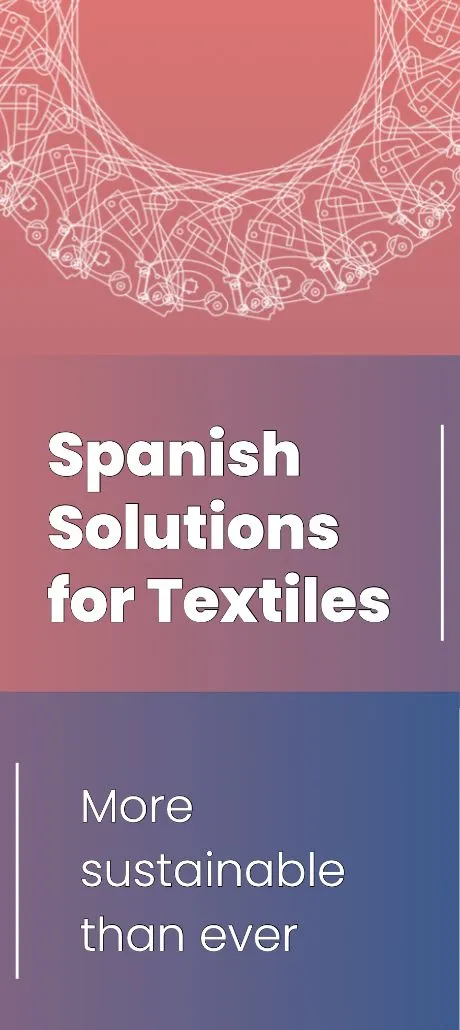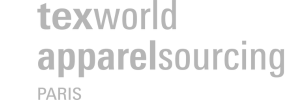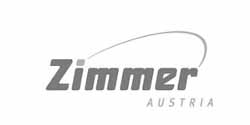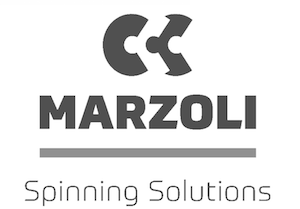A new breakthrough from North Carolina State University’s Wilson College of Textiles could mark a turning point in sustainable textile manufacturing. Professor Warren Jasper has developed machine learning models capable of accurately predicting fabric colour after drying—a process long plagued by waste due to unpredictable dyeing outcomes.
In the textile industry, fabrics are typically dyed while wet, yet the final, wearable colour only becomes visible after the material has dried. This mismatch creates a significant challenge: any coloration error is often discovered too late, after a large amount of fabric has already been processed.
“The fabric is dyed while wet, but the target shade is when it’s dry and wearable,” explained Jasper. “If there’s an error in coloration, you won’t know until the fabric is dry. While you wait for that drying to happen, more fabric is being dyed the same way. That leads to a lot of waste.”
The root of the problem lies in the non-linear nature of colour change from wet to dry. Jasper found that the transition is highly variable across different hues, making it impossible to generalize from one colour to another.
To address this, Jasper created five machine learning models—including a neural network specifically designed to understand the complex relationship between wet and dry colour states. The models were trained on visual data from 763 fabric samples dyed in various colours.
All five AI-based models significantly outperformed traditional methods. The neural network proved to be the most accurate, recording a CIEDE2000 colour difference error as low as 0.01, with a median of 0.7. By comparison, other machine learning models ranged from 1.1 to 1.6, while non-AI baseline methods reached errors as high as 13.8. In textile manufacturing, CIEDE2000 error values above 0.8 to 1.0 are generally deemed unacceptable.
Jasper published his findings in the journal Fibers, in a paper titled “A Controlled Study on Machine Learning Applications to Predict Dry Fabric Color from Wet Samples: Influences of Dye Concentration and Squeeze Pressure.”
The implications of this research are substantial. By predicting the final dry colour with high precision, manufacturers can reduce material waste, improve product consistency, and increase operational efficiency—especially in continuous dyeing processes, which represent over 60% of dyed fabric production.
“Textiles is a bit behind the curve when it comes to adopting machine learning,” said Jasper. “But these models can be powerful tools for cutting down waste and boosting productivity. I hope this research encourages broader adoption of AI solutions across the industry.”
As machine learning and AI continue gaining traction in other textile sectors such as recycling and circularity, Jasper’s research offers a compelling case for their application in dyeing and finishing—paving the way for a smarter, more sustainable future in textile manufacturing.






























